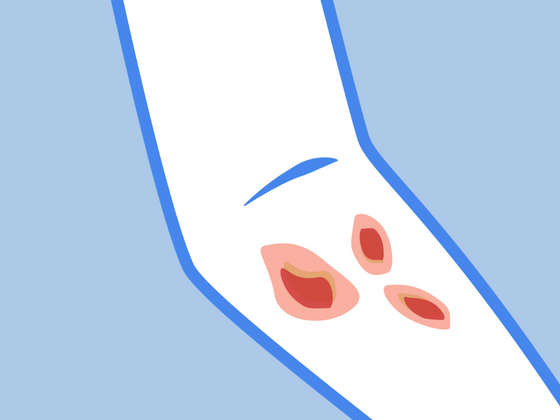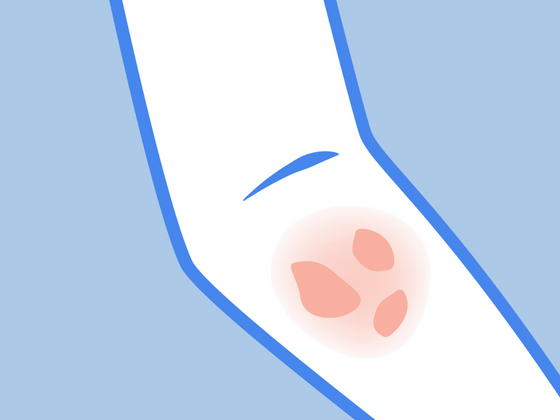Have you heard of stasis dermatitis? Also called gravitational dermatitis, venous eczema, and venous stasis dermatitis, the condition occurs when there is poor circulation in the lower legs or venous insufficiency.
In this blog, we explore everything you need to know about stasis dermatitis, including:
- What causes stasis dermatitis?
- Who gets stasis dermatitis and why?
- How to improve blood flow and manage stasis dermatitis naturally.
Keep reading to learn more about this stasis dermatitis and how it affects the body and leads to skin problems.
Understanding Stasis Dermatitis
Stasis dermatitis is a common type of eczema that affects people with poor blood flow. Because of this, it often affects the lower legs and ankles. Poor circulation in the lower leg can cause leg swelling. The condition can also affect other areas of the body. However, this is rare. It is more likely to affect seniors.
Symptoms of Stasis Dermatitis
Similar to other eczema types, stasis dermatitis is characterized by itchy skin. Other symptoms include scaliness, flakiness, dryness, and swollen skin. People with venous stasis dermatitis are also more likely to experience an achy feeling after sitting or standing for long periods.
Early signs of stasis dermatitis are often swelling and slightly discolored skin over varicose veins. The discoloration of the skin develops when pressure and swelling cause blood vessels to burst. If left untreated, the condition can cause open sores, known as venous ulcers, to form on the lower legs and tops of the feet. Severe stasis dermatitis can result in permanent skin changes such as thickening and hardening skin.
Causes of Stasis Dermatitis
Stasis dermatitis occurs due to poor circulation. When the veins don't work correctly, they don't push blood flow back to the heart as they should, leading to venous insufficiency.
Who gets Stasis Dermatitis?
Stasis dermatitis affects people with poor circulation, which is why it mainly affects people over 50. Women are also more likely to develop the condition than men. Other risk factors include:
- having high blood pressure
- having varicose veins
- having a history of blood clots in the veins
- being obese
- having multiple pregnancies
- having a sedentary lifestyle
- history of heart failure
Lifestyle Changes to Manage Stasis Dermatitis
Fortunately, there are some lifestyle changes and natural solutions you can try to help ease the symptoms of stasis dermatitis. For example, wearing compression stockings can help reduce swelling in the lower legs. Keeping the legs elevated above the heart every 2 hours can also help reduce swelling. If venous stasis dermatitis leads to leg ulcers or sores that become infected, your doctor may recommend topical antibiotics or oral antibiotics. Finally, taking care of your physical body by avoiding foods high in salt and exercising regularly can reduce the risk of developing chronic stasis dermatitis.
Natural Solutions for Soothing Stasis Dermatitis
Organic Manuka Skin Soothing Cream
This natural oil-based beef tallow cream contains just six ingredients, all renowned for their healing abilities. In particular, manuka honey has potent antimicrobial and anti-inflammatory properties, which are perfect for soothing bulging leg veins.
Grass-Fed Tallow Soap
Made the old-fashioned way with lye, water, and grass-fed tallow, this gentle eczema soap is an excellent choice for those with sensitive skin. Its moisturizing and nourishing qualities help reduce itchiness, dryness, and scaliness.
100% Organic Cotton Crew Socks for Adults
Free from elastic or latex, these organic cotton socks are made with a lightweight weave that's perfect for warmer weather. Wear them all day or night long in ultimate comfort.
Treat your Venous Stasis dermatitis Today
Get started with these healthy habits and natural remedies to treat your venous insufficiency today.








